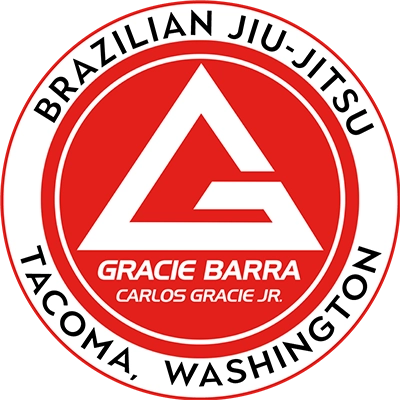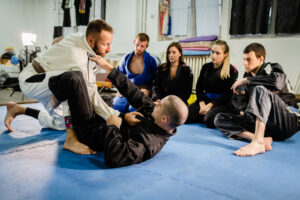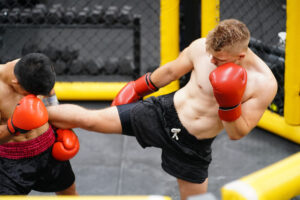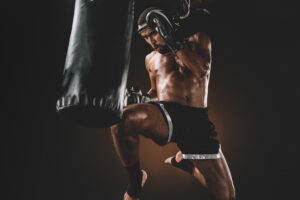I still remember the weight of uncertainty that first evening.
Standing barefoot at the edge of the mat, dressed in a borrowed gi that smelled faintly of someone else’s journey, watching bodies flow in choreographed chaos across the floor.
The blue belt who’d convinced me to try Brazilian Jiu-Jitsu had made it look effortless.
Now, witnessing the live training before my first class, nothing about it seemed simple.
That was four years ago.
What began as a tentative step into an unfamiliar world has since woven itself into the fabric of my life, as it has for hundreds across Tacoma’s growing BJJ community.
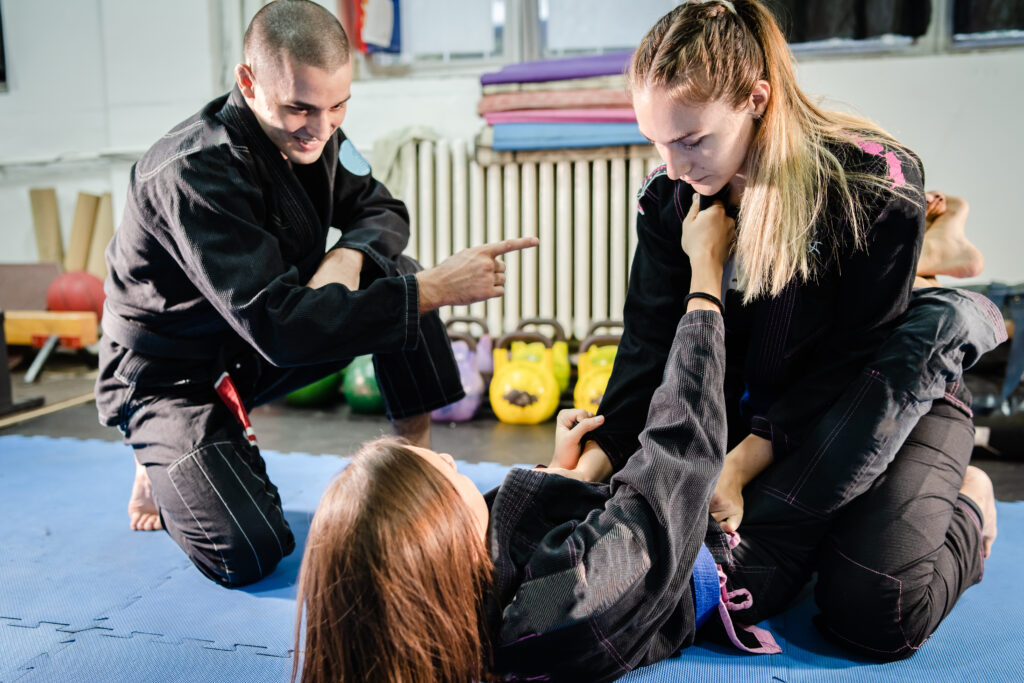
Brazilian JIu Jitsu Lessons Can Change Your Life
This city, nestled between the shadows of Mount Rainier and the waters of Puget Sound, has quietly become a crucible for grappling excellence that welcomes practitioners across generations.
The Beginner’s Mind: Surviving the First Six Months
There’s a raw honesty to a BJJ gym that few other environments can match. Your actual abilities—not your self-perception, not your resume, not your social standing—determine your experience on the mat. The insurance broker taps to the mechanic. The grandmother sweeps the college athlete. The executive learns from the barista.
The Initial Resistance
“Most adults haven’t been physically dominated since childhood,” explains Marcus Chen, who opened Tidewater Brazilian Jiu-Jitsu in North Tacoma after returning from years training in São Paulo. “That first experience of being completely controlled by someone smaller than you creates either immediate rejection or immediate fascination.”
The statistics back him up—roughly 80% of white belts never make it to blue belt. The body resists discomfort. The ego fights submission. The modern schedule protests time commitment. Yet those who push through this initial resistance discover something transformative waiting on the other side.
“I cried in my car after my third class,” admits Elena Reyes, now a purple belt who teaches the women’s fundamentals program at Cornerstone BJJ near the Port of Tacoma. “Not because anyone was mean—everyone was incredibly supportive—but because I’d never confronted my own physical limitations so directly. Somehow that devastation kept me coming back. I needed to understand why this art was so humbling.”
Building From Failure
While most athletic endeavors reward success, BJJ’s most profound lessons emerge from failure. Each tap represents not defeat but illumination—a precise identification of what doesn’t work. This inverted relationship with failure recalibrates practitioners’ approach to challenges both on and off the mat.
For Ray Michaels, a 52-year-old who began training after his doctor warned him about emerging health issues, this perspective shift proved life-changing. “In my career, failure meant disaster. In jiu-jitsu, it’s just Tuesday. Learning to separate my ego from outcomes didn’t just make me a better practitioner—it made me a more resilient person.”
Finding Your Voice Within the Art
As foundational movements become more intuitive—shrimping, bridging, proper posture, pressure distribution—practitioners begin developing their unique expression within BJJ’s vast technical landscape. This middle phase of development often coincides with the blue and purple belt years, where the initial overwhelm transforms into focused exploration.
The Technical Fingerprint
“Your jiu-jitsu becomes a physical autobiography,” observes Delia Washington, who competed internationally before establishing her academy in Tacoma’s historic Hilltop neighborhood. “Your body proportions, past injuries, temperament, cognitive preferences—they all shape which techniques resonate with you. I encourage students to journal after classes, tracking which movements feel natural and which create resistance.”
This personalization explains why BJJ remains endlessly fascinating decades into practice. Two black belts from the same lineage often develop radically different approaches based on their physical attributes and psychological tendencies. One gravitates toward intricate lapel guards while another builds their game around relentless pressure. Both are valid expressions of the same fundamental principles.
The Invisible Curriculum
While technique development remains BJJ’s visible component, a parallel education unfolds beneath the surface. Regular training cultivates attributes rarely developed elsewhere in modern life: comfort with close physical contact, the ability to remain calm under pressure, balanced assertiveness, and physical literacy that extends beyond simple fitness metrics.
“We’re partly teaching techniques, partly reprogramming nervous systems,” explains physiotherapist and brown belt Devon Clark. “Watch someone’s breathing pattern during their first month versus their first year. Initially, they hold their breath during difficult positions—fight or flight response in full effect. After consistent training, they maintain rhythmic breathing even while defending submissions. That’s a neurological adaptation with implications far beyond BJJ.”
The Competitive Crucible
Though many practitioners never compete, tournaments provide unique developmental opportunities for those drawn to challenge. Tacoma’s geography places it within reach of a robust competition circuit spanning from Vancouver, B.C. to Portland, Oregon, with events suitable for every age and skill level.
Beyond Victory and Defeat
“Competition reveals truths that regular training sometimes obscures,” notes Malik Johnson, who coaches Peninsula Grappling Academy’s competition team. “Technical issues you can avoid with familiar training partners become glaringly obvious against strangers who don’t know your tendencies. The adrenaline amplifies both strengths and weaknesses. Many competitors experience techniques failing that work reliably in the gym, while others discover capabilities they didn’t know they possessed.”
These intensified experiences accelerate development, but the scoreboard tells only part of the story. Veterans of Tacoma’s competition scene often describe profound growth emerging from losses rather than victories.
After missing weight for a major tournament she’d spent months preparing for, Sarah Kellerman, now one of the city’s most accomplished competitors, completely restructured her approach to training. “That failure forced me to confront unhealthy patterns I’d been ignoring. My relationship with food, recovery, and sustainable training all changed. I became a better athlete by acknowledging I needed support rather than just pushing harder.”
From Local Gyms to World Stages
Tacoma’s unassuming exterior belies the quality of grappling developing within its city limits. Competitors from local academies have increasingly made their presence felt at prestigious events like IBJJF Opens, the Pan-Americans, and ADCC Trials. This success creates a virtuous cycle, with experienced competitors mentoring newer generations and raising technical standards throughout the region.
The Intergenerational Laboratory
Perhaps most remarkable about Tacoma’s BJJ landscape is its age diversity. While many sports naturally segregate participants by age or physical capability, jiu-jitsu accommodations for different life stages create a rare multigenerational learning environment.
Children’s programs focus on fundamental movement patterns, emotional regulation, and appropriate physicality. Adult basics classes welcome everyone from college athletes to grandparents returning to physical activity after decades of sedentary work. Competition teams provide intensity for those seeking maximum challenge. Specialized sessions cater to practitioners with injuries or limitations.
“My son started training at eight, I began at forty-one, and my father joined us at sixty-seven,” shares Miguel Santana, whose family trains together twice weekly. “We each have completely different experiences on the same mats with the same instructors. How many activities allow three generations to participate simultaneously, each appropriately challenged?”
This age diversity creates unexpected mentoring relationships that transcend traditional hierarchies. The teenager helps the senior practitioner refine a technique. The parent learns competitive strategy from their child. The executive receives life wisdom from the college student who dominates them technically. These cross-generational connections represent one of BJJ’s most profound but least discussed benefits.
The journey from first class to developed practitioner rarely follows a linear path. Progress comes in plateaus and breakthroughs, detours and discoveries. Injuries create setbacks and technical redirections. Life responsibilities necessitate training adaptations. Yet throughout these fluctuations, Tacoma’s BJJ community provides both the technical guidance and human support that transforms a martial art into a lifelong pursuit accessible to anyone willing to step onto the mat and embrace the struggle.
